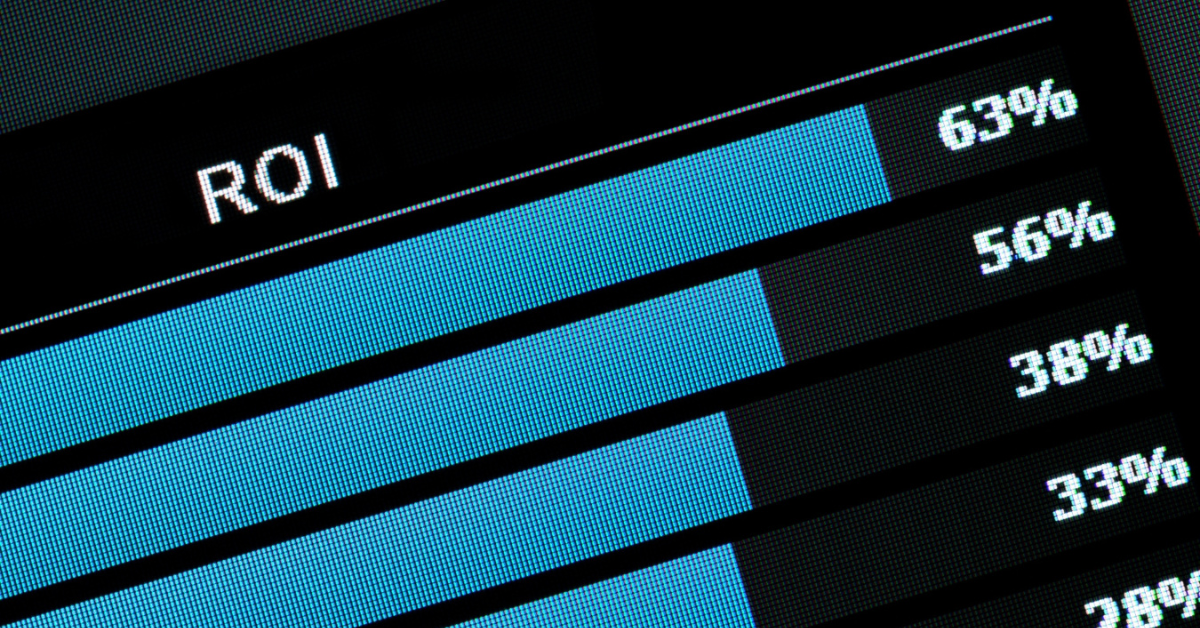How to Measure ROI in Data-Driven Marketing: A Comprehensive Guide

In today’s competitive business environment, data-driven marketing is essential for creating personalized campaigns that engage customers and drive growth. However, while companies invest heavily in data analytics tools and marketing strategies, measuring return on investment (ROI) is crucial to ensure that these efforts yield tangible results. ROI in data-driven marketing refers to the profitability and effectiveness of marketing campaigns relative to the investment made. Businesses can make informed decisions on where to allocate their marketing resources by accurately measuring ROI. Here’s a comprehensive guide to measuring ROI in data-driven marketing.
Before measuring ROI, you must define what you hope to achieve with your data-driven marketing efforts. Common marketing objectives include:
Clearly defined goals will help you determine metrics to track and data to collect. For example, if your goal is to increase sales, focus on metrics like revenue and conversion rates. If you aim for brand awareness, metrics like social media engagement and website visits become more relevant.
To effectively measure ROI, you need to know your baseline performance—how your business or marketing efforts perform before implementing a new campaign. For instance, if you’ve been running email marketing campaigns, assess your open, click-through, and conversion rates before launching a data-driven strategy.
This baseline will help you compare the results of your new campaign against previous performance, allowing you to understand the impact of your data-driven efforts.
Measuring ROI involves gathering and analyzing specific marketing metrics that align with your business goals. The most common metrics to track include:
You can track these metrics using marketing analytics platforms like Google Analytics, CRM software, and social media tools and ensure that you are collecting accurate, real-time data. This data will serve as the foundation for calculating ROI.
Once you have collected the necessary data, it’s time to calculate the ROI of your data-driven marketing efforts. The basic formula for ROI is:
ROI=NetProfitInvestment×100 = \frac{\text{NetProfit}} text{Investment}} \times 100
Where:
For example, if you spent €10,000 on a digital marketing campaign and earned €30,000 in revenue from the campaign, your ROI would be:
ROI=30,000−10,00010,000×100=200%
ROI = \frac{30,000 – 10,000}{10,000} \times 100 = 200\%
This means you gained a 200% return on your investment.
Once you have the ROI results, analyze the data to understand what worked and what didn’t. Which marketing channels or tactics contributed the most to revenue? Which areas need improvement? Based on the insights, you can optimize your future campaigns, refine your targeting, and adjust your strategies to maximize ROI.
Measuring ROI in data-driven marketing is essential for understanding the effectiveness of marketing efforts and making informed decisions about resource allocation. You can ensure that your marketing campaigns generate maximum value by defining clear goals, tracking key metrics, and using ROI formulas to evaluate performance.
#MarketingROI #DataDrivenMarketing #PerformanceMetrics #DigitalMarketing #BusinessGrowth #MarketingOptimization #CustomerAcquisition #MarketingStrategy #CampaignSuccess
Company: PAY2ASSIST DYNAMICS CONSULTANCY - FZCO
Office Location
IFZA Business Park,
DDP 38579-001
A1-3641379065,
Dubai Silicon Oasis
Phone: +971 55 395 3714
Follow Us
Registered Office Address
